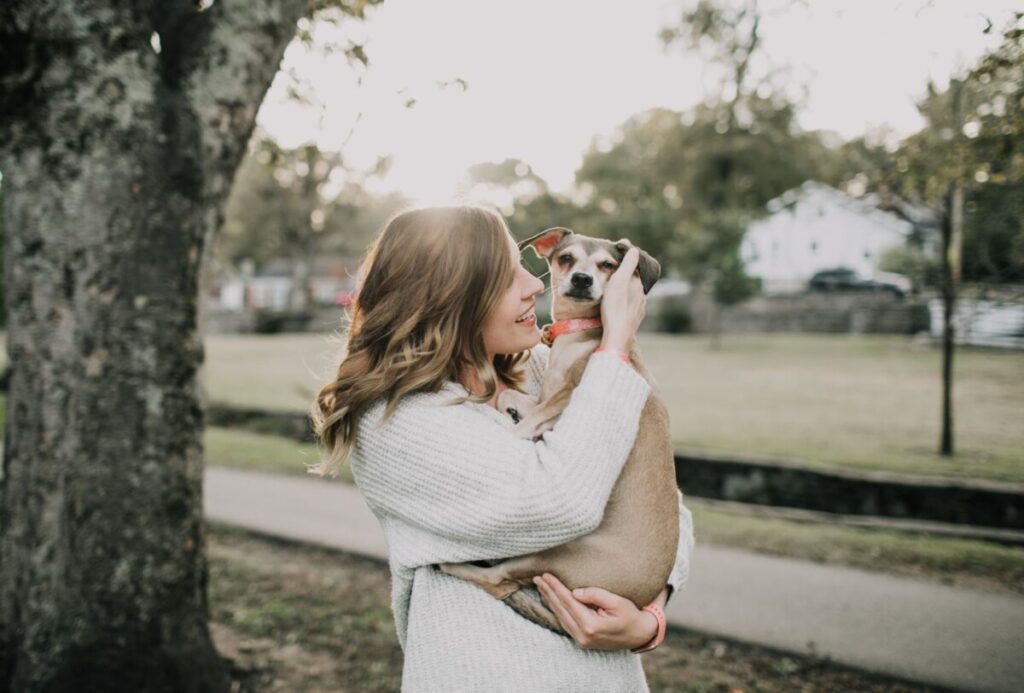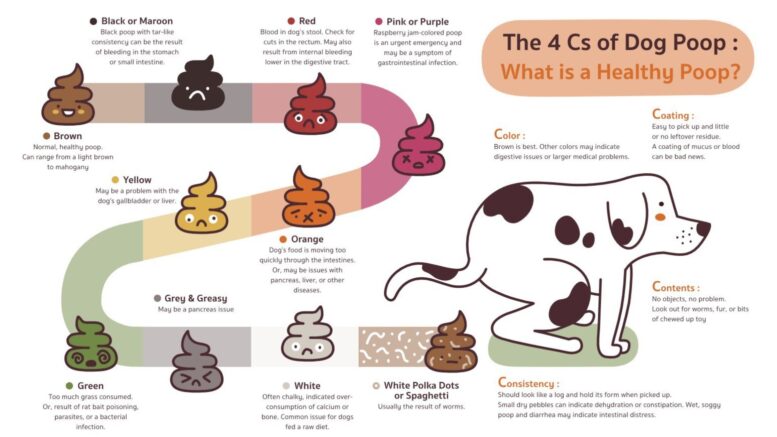Your pet’s well-being is important, and deciphering their health indicators can sometimes feel like cracking an enigmatic code.
When it comes to our furry friends, changes in the stool may not be the most pleasant topic to discuss, yet it’s an integral part of understanding their overall health. This seemingly insignificant aspect can, in fact, offer profound insights into your dog’s digestive health.
In this article, we’ll chart the nitty-gritty of canine digestion, from exploring what ‘normal’ means for your furry pal to interpreting subtle hints that could reveal potential health problems.
Unpacking the Basics of Canine Digestion
Understanding how your dog’s digestive system works is key to recognizing changes in their stool. Unlike some animals, dogs are opportunistic omnivores, meaning they can adapt to a wide range of diets.
Their digestive journey starts in the mouth, where enzymes begin breaking down food. From there, the partially digested food travels to the stomach, where acids further break it down.
It then moves to the small intestine, where nutrient absorption takes place, and finally to the large intestine, where water is reabsorbed, forming what we recognize as a stool.
Normal Stool Vs. Altered Stool: A Comparative Study
A normal stool sets the standard for a healthy digestive system, typically displaying well-formed consistency, appropriate moisture without excess wetness, and a natural brown color attributed to bile presence.
In contrast, altered stool deviates from this baseline. It can manifest as excessively loose, unusually hard, or displaying a distinct change in color. For instance, you may become curious as to ‘what does parvo poop look like’. It is frequently watery or has a runny consistency, resembling a thick liquid rather than a well-formed stool.
Such noticeable changes merit attention and further assessment to ensure your pet’s well-being.
Expert Insight: Factors Contributing to Stool Alteration
Diet plays a pivotal role in your dog’s digestion. Introducing new foods abruptly can lead to gastrointestinal upset and changes in stool consistency.
Additionally, environmental factors like sudden temperature shifts or water quality changes can also trigger stool alterations. Just like humans, dogs can feel stressed or anxious, which can impact their digestion and subsequently their stools.

Spotlight: Gastrointestinal Disorders in Dogs
Gastrointestinal disorders are not uncommon in dogs. Conditions like gastritis, pancreatitis, and inflammatory bowel disease can lead to significant changes in stool patterns.
Keep a keen eye out for symptoms such as excessive vomiting, prolonged diarrhea, or blood in the stool, as these could be signs of a more serious underlying issue.
Beyond Digestion: Other Health Issues Causing Stool Changes
Surprisingly, stool changes can provide insights into more than just digestive problems. They can act as markers for other health issues, such as internal parasites or even certain organ dysfunction.
Monitoring for lethargy, changes in appetite, and behavioral shifts alongside stool changes can give you a more comprehensive view of your pet’s overall health.
Practical Ways to Improve Dog’s Digestion
Improving your dog’s digestion isn’t rocket science. Ensuring a consistent and balanced diet tailored to their specific needs can make a significant difference.
Slowly transitioning to new foods and providing access to clean water can prevent abrupt changes in the stool. Creating a stress-free environment and promoting mental well-being through play and companionship can also support healthy digestion.
Conclusion
Your pet’s health is a mosaic of various factors, and their stool is one crucial piece of the puzzle.
By understanding the intricacies of canine digestion and staying vigilant about changes in stool patterns, you can be a proactive advocate for your pet’s well-being.
Remember, a healthy pet is a happy pet, and a little attention to their stool can go a long way in ensuring their vitality and happiness.
FAQs
Q: Is it normal for my dog’s stool to change slightly from day to day?
Yes, minor variations in stool consistency can occur due to dietary changes or environmental factors. However, consistent or significant changes might warrant a closer look.
Q: How can I prevent digestive issues in my dog?
Preventing digestive issues involves maintaining a consistent and balanced diet, gradually introducing new foods, and ensuring access to clean water. Regular exercise and mental stimulation can also contribute to healthy digestion.
If you notice persistent changes in stool, consult your veterinarian for tailored advice and guidance.
Q: Can stress really affect my dog’s digestion?
Absolutely. Dogs can experience stress and anxiety, which may manifest in altered stool patterns. Creating a calm and secure environment can help mitigate these effects.
Q: What does parvo poop look like?
Parvo poop, often associated with dogs infected with parvovirus, is frequently watery or has a runny consistency, resembling a thick liquid rather than a well-formed stool. The color might range from pale yellow to light tan and can sometimes appear grayish.
If you suspect your dog might have parvovirus due to changes in their stool and other symptoms, it’s crucial to seek veterinary care promptly, as parvovirus is a serious and potentially life-threatening disease.
Q: Are there any specific foods that can help improve my dog’s digestion?
Foods rich in fiber and probiotics can aid digestion. Consult your vet to determine the best dietary choices for your pet’s unique needs.
